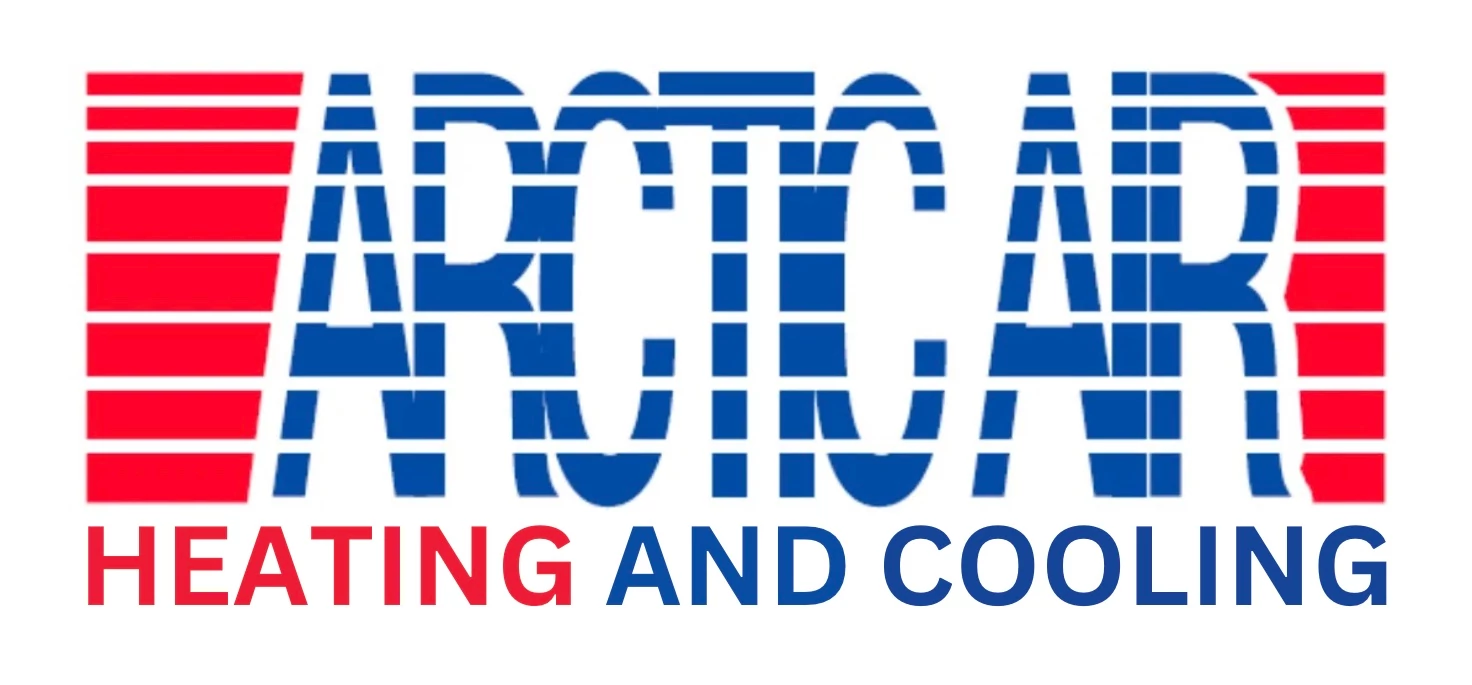As the temperatures rise or fall, we all want to stay comfortable in our homes. However, choosing the perfect size for your air conditioner or heater can be a daunting task. Many homeowners make the mistake of selecting an appliance that is too small or too large, leading to unnecessary expenses and discomfort. Fortunately, with a little knowledge, you can avoid these costly mistakes and determine the perfect size for your HVAC system. In this article, we will explore the factors to consider when selecting the right size for your air conditioner or heater. From the size of your home to the local climate and insulation, we will cover all the essential information you need to make an informed decision. So, whether you’re looking to upgrade your old HVAC system or are in the middle of a new construction project, read on to discover how to choose the perfect size for your air conditioner or heater and enjoy a comfortable and energy-efficient home.
The Importance of Choosing the Right Size for Your Air Conditioner or Heater
Choosing the right size for your air conditioner or heater is crucial for several reasons. First, it affects your comfort level. If your HVAC system is too small, it will struggle to keep up with the demand, leaving you feeling hot or cold. On the other hand, if your system is too large, it will cycle on and off frequently, leading to temperature swings and reduced efficiency, see https://www.e-education.psu.edu/egee102/node/2106.

Second, choosing the right size for your HVAC system affects your energy bills. An oversized system will consume more energy than necessary, leading to higher utility bills. Meanwhile, an undersized system will work overtime to keep up, leading to increased wear and tear and higher maintenance costs.
Finally, selecting the right size for your HVAC system affects the lifespan of your appliance. An undersized system will wear out faster than a properly sized system, leading to expensive repairs or replacement. Meanwhile, an oversized system will also experience increased wear and tear due to frequent cycling, leading to premature failure.
Factors to Consider When Choosing the Size of Your HVAC System
Choosing the right size for your HVAC system depends on several factors, including the size of your home, local climate, insulation, and other variables. Let’s explore each of these factors in more detail.
Home size:
The size of your home is the most critical factor when choosing the right size for your HVAC system. A larger home will require a larger system, while a smaller home will require a smaller system. However, it’s not just the square footage that matters. The number of rooms, windows, and doors also affects the size of your system. For example, a home with many windows and doors will require a larger system than a home with fewer windows and doors.

Local climate:
The local climate also affects the size of your HVAC system. In regions with extreme temperatures, such as very hot or very cold climates, you’ll need a larger system to keep up with the demand. Meanwhile, in more moderate climates, you can get away with a smaller system.
Insulation:
The insulation in your home affects the size of your HVAC system as well. A well-insulated home requires a smaller system than a poorly insulated home. Insulation helps to keep the warm air inside during the winter and the cool air inside during the summer, reducing the demand for heating and cooling.
Other variables:
Other variables that affect the size of your HVAC system include the number of occupants in your home, your lifestyle, and your budget. If you have a large family, you’ll need a larger system to keep up with the demand. Similarly, if you work from home or have pets, you’ll need a larger system to maintain a comfortable temperature. Finally, your budget also affects the size of your system. A larger system may cost more upfront, but it may save you money in the long run by reducing your energy bills and maintenance costs.
Understanding BTUs and SEER Ratings
When choosing the size of your HVAC system, you’ll come across two important terms: BTUs and SEER ratings. Let’s take a closer look at what these terms mean.
BTUs:
BTUs stand for British Thermal Units, and they measure the amount of heat that an air conditioner or heater can produce. The higher the BTUs, the more heat the appliance can produce. However, as we’ve seen, choosing an appliance based on BTUs alone can lead to costly mistakes. That’s why it’s essential to consider all the factors we’ve discussed when choosing the right size for your HVAC system.

SEER ratings:
SEER stands for Seasonal Energy Efficiency Ratio, and it measures the efficiency of your HVAC system. The higher the SEER rating, the more efficient your system is. A more efficient system will consume less energy, leading to lower utility bills and reduced environmental impact.
Common Mistakes When Choosing the Size of Your HVAC System
Now that we’ve explored the factors to consider when choosing the right size for your HVAC system let’s look at some common mistakes that homeowners make.
Choosing an appliance based on price alone:
Many homeowners make the mistake of choosing an appliance based on price alone. While it’s essential to consider your budget, selecting an appliance based on price alone can lead to costly mistakes. For example, a cheaper appliance may be too small for your home, leading to increased energy bills and reduced comfort.
Not considering all the factors:
Another common mistake is not considering all the factors we’ve discussed. Choosing an appliance based on the size of your home alone can lead to costly mistakes if you don’t consider other variables such as local climate and insulation.
Overestimating or underestimating your needs:
Finally, many homeowners make the mistake of overestimating or underestimating their heating or cooling needs. Overestimating your needs can lead to an oversized system, while underestimating your needs can lead to an undersized system. Both scenarios can lead to increased energy bills, reduced comfort, and premature failure.
The Consequences of Choosing the Wrong Size HVAC System
Choosing the wrong size for your HVAC system can lead to several consequences, including:
Reduced comfort:
An undersized system will struggle to keep up with the demand, leaving you feeling hot or cold. Meanwhile, an oversized system will cycle on and off frequently, leading to temperature swings and reduced comfort.

Increased energy bills:
An oversized system will consume more energy than necessary, leading to higher utility bills. Meanwhile, an undersized system will work overtime to keep up, leading to increased energy consumption and higher utility bills.
Increased wear and tear:
Choosing the wrong size for your HVAC system can also lead to increased wear and tear. An undersized system will wear out faster than a properly sized system, leading to expensive repairs or replacement. Meanwhile, an oversized system will also experience increased wear and tear due to frequent cycling, leading to premature failure.
Reduced lifespan:
Finally, selecting the wrong size for your HVAC system can reduce its lifespan. An undersized system will wear out faster than a properly sized system, leading to expensive repairs or replacement. Meanwhile, an oversized system will also experience increased wear and tear due to frequent cycling, leading to premature failure.
How to Determine the Perfect Size for Your Air Conditioner or Heater
Now that we’ve explored the factors to consider, let’s look at how to determine the perfect size for your air conditioner or heater.
Manual J Calculation:
The most accurate way to determine the perfect size for your HVAC system is to perform a Manual J calculation. A Manual J calculation takes into account all the factors we’ve discussed, including the size of your home, local climate, insulation, and other variables.
A Manual J calculation is a complex process that requires a professional HVAC contractor to perform. However, it’s worth the investment to ensure that you choose the perfect size for your air conditioner or heater.
Rule of Thumb:
If you don’t want to invest in a Manual J calculation, you can use a rule of thumb to estimate the size of your HVAC system. According to this rule of thumb, you need 1 ton of cooling for every 600 square feet of living space. However, this rule of thumb is not as accurate as a Manual J calculation and can lead to costly mistakes.
Professional HVAC Sizing Services
If you’re not confident in your ability to determine the perfect size for your air conditioner or heater, you can rely on professional HVAC sizing services. A professional HVAC contractor can perform a Manual J calculation and recommend the perfect size for your HVAC system. This option may cost more upfront, but it can save you money in the long run by reducing your energy bills and maintenance costs.
Conclusion
Choosing the perfect size for your air conditioner or heater is crucial for your comfort, energy bills, and the lifespan of your appliance. By considering all the factors we’ve discussed, understanding BTUs and SEER ratings, and avoiding common mistakes, you can determine the perfect size for your HVAC system. Whether you rely on a Manual J calculation, a rule of thumb, or professional HVAC sizing services, investing in the right size for your HVAC system is worth the investment. Enjoy a comfortable and energy-efficient home by choosing the perfect size for your air conditioner or heater.

